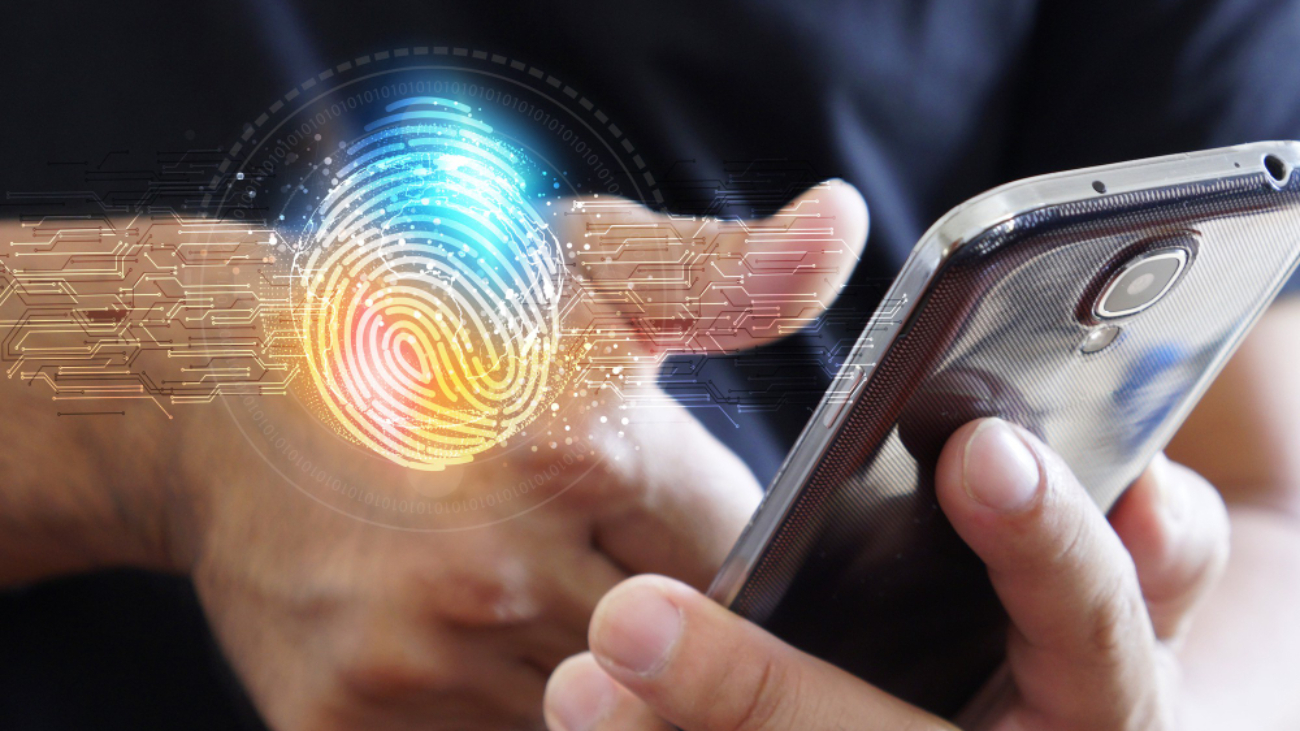Bahaa Abdul Hadi feels that Neural biometric systems, serving to authenticate individuals aligned with their unique brainwave patterns, have garnered attention as a prospective frontier in biometrics and its related technologies. These systems can offer high-security levels, but their impact can be further boosted by machine learning and deep learning applications and techniques. Machine learning and deep learning play crucial roles in the improvement of neural biometrics. it is worth finding out how.
The Recognition of Patterns
Algorithms of machine learning and deep learning excel at recognizing patterns in data. In neural biometric systems, such algorithms are able to analyze intricate patterns of the activity of brainwaves, unique to every person. Via training on datasets of brainwave patterns, models of machine and deep learning can learn to verify users after identifying them with accuracy.
The Extraction of Features
Extracting crucial features from pure brainwave data is a vital step in neural biometric systems of authentication. Models of machine and deep learning can automatically pick out important features from the signals of EEG (Electroencephalogram), reducing the dimensions of the data and concentrating on only essential details for authentication.
Personalization and Adaptability
Models of deep learning and machine learning are able to adapt and customize over periods, which is specifically valuable in systems of neural biometrics. Users’ brainwave mechanisms and patterns can alter due to many factors, like age, fatigue, or stress. Models of machine learning and deep learning can constantly adapt to changes, consistently ensuring accuracy.
Improvements in Accuracy
Techniques of machine learning and deep learning are able to significantly boost the accuracy in neural biometric systems. These algorithms can easily learn from a huge amount of data, making the identification of subtle patterns and changes in brainwave patterns possible. Traditional verification methods may not be able to achieve this.
Detection in Spoofing
Neural biometric systems are not free from attempts at spoofing. Machine learning and deep learning can be used to develop solid spoofing detecting mechanisms. Such models can easily recognize issues in brainwave patterns that potentially indicate spoofing attempts, like the employment of recording of brainwave data.
Constant Authentication
Machine learning and deep learning continuously enable authentication. This is especially valuable to maintain security over long periods. Such models continue to monitor, track, and validate a user’s identity through their interaction with systems, decreasing the risks of unverified access.
Concluding Lines
It is clear that machine and deep learning play pivotal roles in the boosting of biometric neural systems. The way in which they do this is by complex mechanisms of recognition of patterns and immense adaptability functions. Such models highly improve user experience, authentication, and the scope of operations. Technologies will always continue to be in advanced stages and machine and deep learning will only lead to more enhanced accuracy. Thank you for your interest in Bahaa Abdul Hadi blogs. For more information, please visit www.bahaaabdulhadi.com







